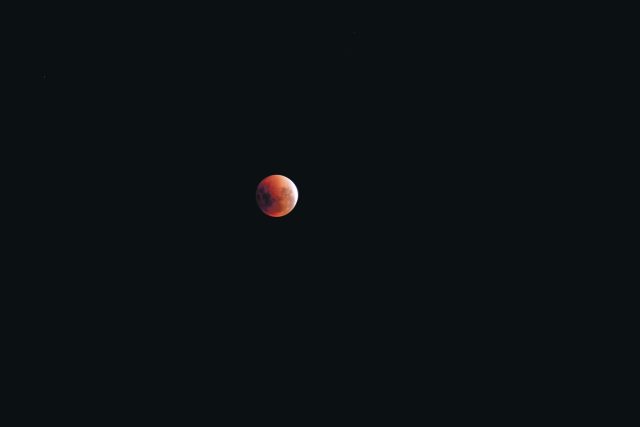For natural cosmic phenomena, you don’t get more remarkable than a Total Lunar Eclipse!
A total lunar eclipse occurs when the Sun and Moon are perfectly aligned in their orbits, with the Earth in the middle. As the Moon travels around the far side of the Earth, it passes directly into the shadow of the Earth.
Why does the Moon turn Red?
To add to the magic of it all, the Moon turns a coppery-red during a total eclipse, earning it the nickname of ‘Blood Moon’. As the Moon passes into the full shadow of the Earth, called the umbra, the Sun’s light passes through the atmosphere of our planet and is scattered, losing most of the blue light. This means that the light that reaches the lunar surface is predominantly red in colour.
This effect is known as Rayleigh Scattering and this is also how our sunsets are created.
When to look: From 7 pm to 8.50 pm, 8 November.
Which direction to look: In WA, the Moon will rise, mid-eclipse, starting low in the eastern horizon.
Enjoy the magical transformation of the bright full Moon into a slowly darkening coppery ball, hanging mysteriously in space.
Another colourful grouping occurs on the 11 November with Mars forming an Orange Triangle with two red super giant stars, Betelgeuse and Aldebaran. The Moon lies right next to Mars, adding to this special spectacle.
When to look: After 10 pm, on the 11 November.
Which direction to look: North-east.
Enjoy these confetti of colour in the night sky. Find more stargazing tips and country events at www.astrotourismwa.com.au.
If you’re a budding “astro-enthusiast”, check out…Stargazers Club WA’s telescope classes and astronomy events for beginners at: www.stargazersclubwa.com.au.








